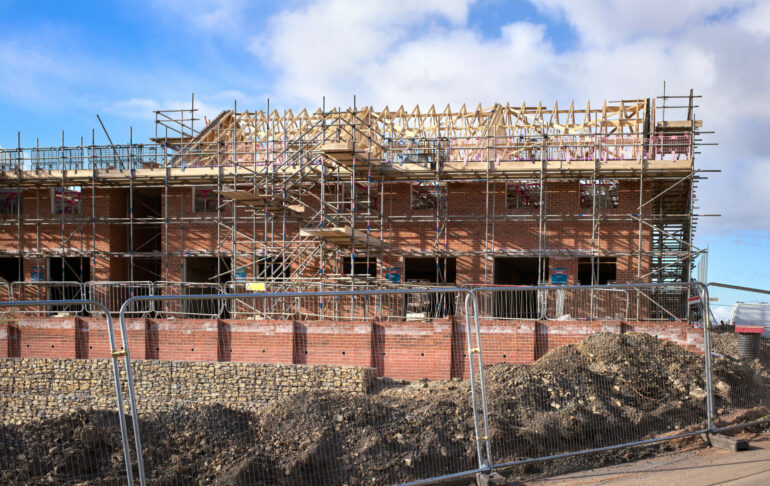The UK Government’s June 2025 Spending Review outlined a £39 bn ten-year affordable housing programme, including £10bn via Homes England to attract private capital. Alongside this, proposed regulatory reforms aim to ease planning constraints for small-to-medium-sized developers.
Together, these shifts suggest a more supportive landscape for residential development – well -suited to unregulated finance models focused on project returns rather than household mortgage criteria.
The unregulated lending market – covering non-FCA-regulated loans – continues to grow. Bridging finance hit a record £10.3bn in 2024 and is projected to rise to £12.2bn by the end of 2025.
These facilities are crucial for acquisitions, refurbishments, chain breaks, and short-term liquidity. With £32.6bn in legacy loans maturing this year, specialist lenders are in high demand to support refinancing.
While the housing market is showing signs of growth, it remains uneven and unpredictable, particularly at the point of sale. Many developers are facing slower-than-expected exit timelines.
As a result, developer exit loans are increasingly common, providing the flexibility to hold or market completed schemes while avoiding distressed sales or expensive refinancing with high-street lenders.
Regional dynamics are also creating opportunity. Stamp duty reforms and competitive buyer activity – particularly in the North East – are boosting interest in brownfield and regional land.
Lenders focused on unregulated residential finance are actively targeting these areas, where yields are resilient and land is more affordable.
Combined with Government incentives for brownfield regeneration, these sites represent attractive, lower-cost entry points.
Sustainability is becoming central to funding strategies. The Future Homes Standard, due in June 2025, is accelerating demand for energy-efficient housing. Specialist lenders and brokers are adapting with green finance options supporting both new builds and retrofits.
These align with developer goals and can offer cost advantages—especially as traditional banks remain cautious around sustainability-linked lending.
Flexibility in structure is a hallmark of unregulated development finance. Interest typically ranges from 0.33% to 1% per month – or 4–12% annually – with average rates softening to around 4–4.5% in early 2025.
Most lenders offer staged drawdowns tied to build phases, often at 50–60% LTV. Exit strategies- particularly development exit loans – are increasingly critical and can be more easily tailored by specialist lenders to match market conditions.
Thomas Pritchard is a director at Charter HCP



